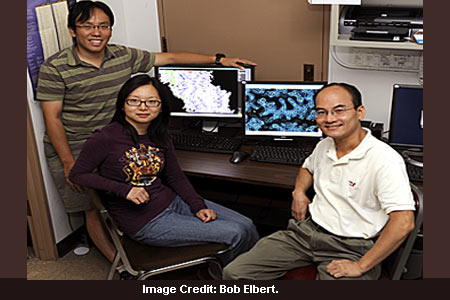Scientists may have reached a step forward in determining means to overcome antibiotic resistance. A research team from the Iowa State University and the Ames Laboratory has found crystal structures of pumps that may extract heavy metal toxins from bacteria, making them resistant to antibiotics. The findings can possibly help investigators lay hands on appropriate treatments for fighting this resistance.
At the time of the research, investigators purified and crystallized the membrane proteins presumed to make up an efflux pump of E. coli bacteria. Samples containing toxic heavy metals copper and silver were created. Also samples lacking these metals were made by the researchers. With the help of X-ray crystallography, various structures were compared, variations were noted and detailed insight of the mechanism removing heavy-metal toxins from cells was achieved.
“We want to understand the mechanisms of these heavy-metal pumps. And that could allow biotechnology researchers to make inhibitors to stop the pump and the antibiotic resistance,” added Edward Yu an Iowa State associate professor of chemistry, of physics and astronomy, of biochemistry, biophysics and molecular biology and an associate of the U.S. Department of Energy’s Ames Laboratory.
Experts claim that pumps consist of three parts amongst which one is CusA. The crystal structure of this part seems to be responsible for removing toxins from bacteria. It is believed that CusA is an inner membrane transporter and a part of the resistance-nodulation-division protein superfamily. This inner membrane transporter apparently contains 1,047 amino acid residues and stretches over the inner membrane 12 times.
Pumps are assumed to identify and actively export substances out of bacterial cells, so they make the bugs capable of residing in significantly toxic conditions. This research seemingly shows the way scientists can block the pathway and deliver pathogenic bacteria that is sensitive to heavy metal toxins. Precise data on ways of bacteria managing heavy-metal toxins seems to be crucial in the health world.
The research is published in the September 23 issue of the journal Nature.

